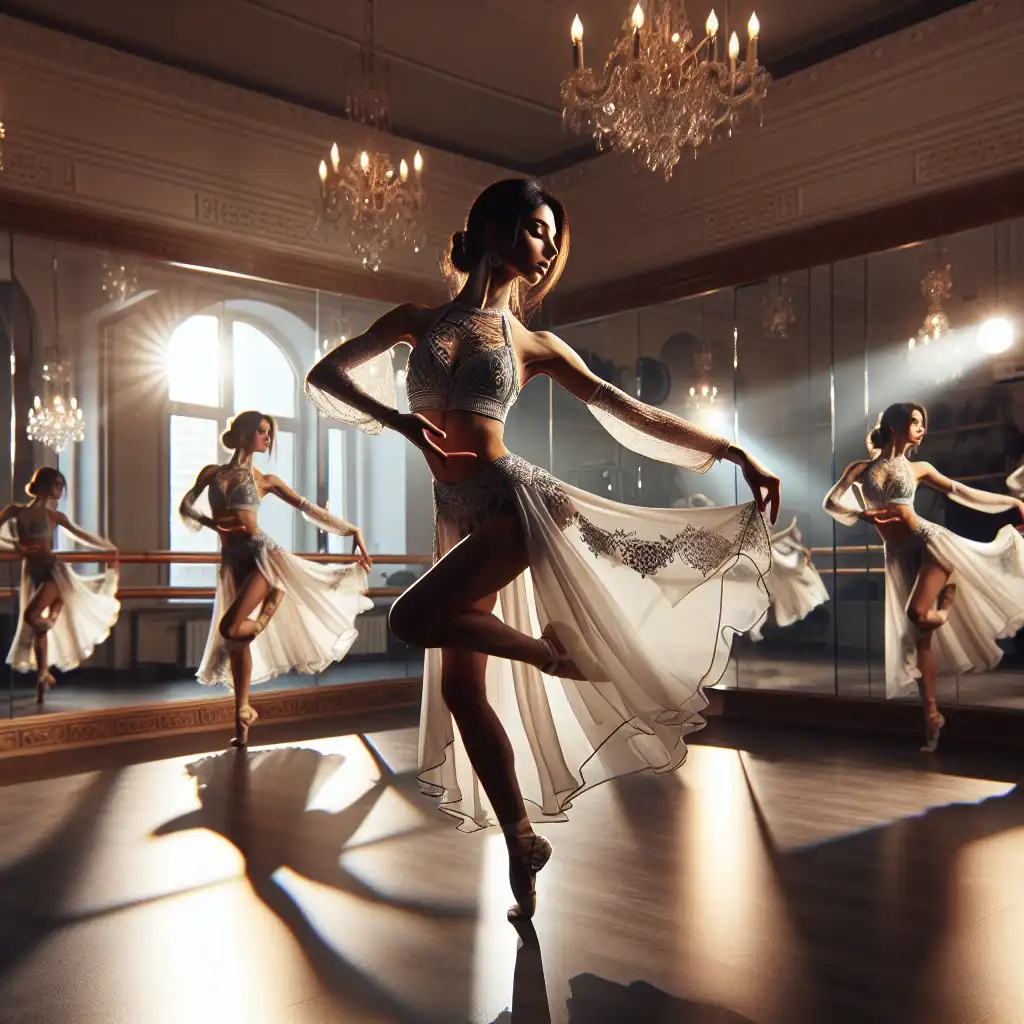
Chasse
Ballet Origin
Chassé originates from ballet, so it's often used in dance-related contexts.  The choreography has several chassé moves for elegance.
The choreography has several chassé moves for elegance.
Movement Fluidity
Chassé conveys a fluid movement; imagine skating on stage lightly with feet close together.  Practice makes your chassé as smooth as ice gliding.
Practice makes your chassé as smooth as ice gliding.
In Sequence
Chassé is often part of a sequence in dances, not usually a standalone step.  The chassé sequence in the waltz was mesmerizing.
The chassé sequence in the waltz was mesmerizing.